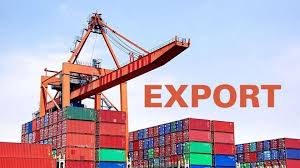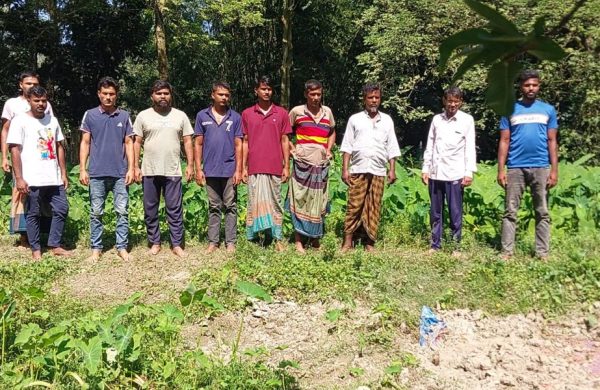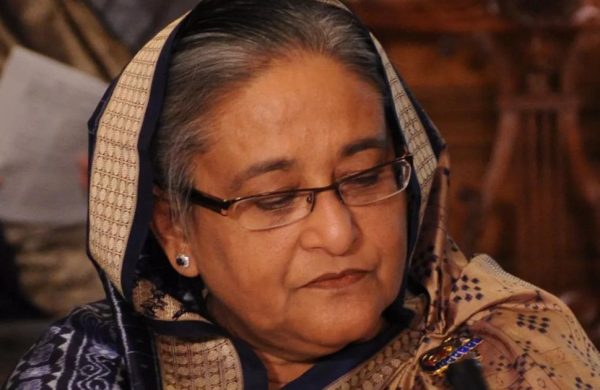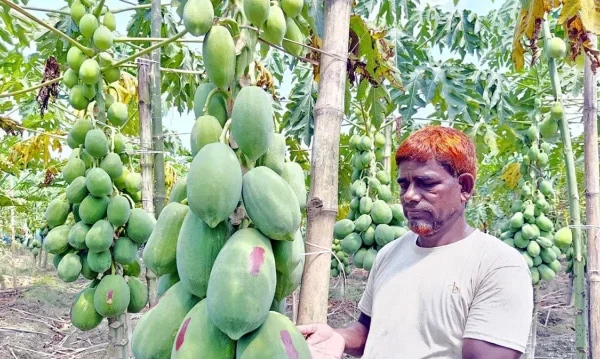Reinventing Bangladesh’s Export Strategy
- Update Time : Wednesday, January 22, 2025

—Morshed Noman—
Bangladesh’s economy heavily relies on its export sector, with ready-made garments (RMG) contributing over 80% of total export earnings. Despite its critical role, the sector faces persistent challenges, including labour unrest, political instability and climate vulnerabilities, which threaten its growth and sustainability.
Labour unrest remains a significant issue, driven by demands for higher wages and improved working conditions. These protests have resulted in factory closures, production delays and eroded confidence among international buyers. Adding to these pressures are the European Union’s new regulations, which mandate improved workplace environment in supplier factories. Rising temperatures due to climate change have also exacerbated the problem, as heat stress affects workers’ productivity and delays shipments, straining relationships with global buyers.
The previous government’s decision, taken in July 2024, to slash export incentives from 3% to 1.5% has further complicated the situation. This policy aimed at preparing the economy for its transition from least developed country (LDC) status in 2026 has disproportionately impacted industries like leather and jute, which depend heavily on these incentives. Exporters argue that a phased reduction coupled with support mechanisms would have been more effective in boosting competitiveness without causing immediate setbacks.
Bangladesh’s overreliance on the RMG sector underscores the urgent need for export diversification. Although efforts to expand into sectors like electronics, agriculture, pharmaceuticals, light engineering and ICT have been made, their progress are very slow, even not at satisfactory level. The leather sector, for instance, earned only $1.21 billion in 2023, while agriculture exports lag behind regional competitors like India and Vietnam.
ICT offers immense potential, with global demand for digital solutions growing rapidly. Currently valued at $1.4 billion, ICT exports could soar with investments in skills development, technology parks, tax incentives and stronger intellectual property protections.
Similarly, the pharmaceutical sector, already exporting to over 150 countries, could leverage the WTO’s TRIPS waiver for LDCs by scaling up production, meeting international regulatory standards and incentivising research and development.
Agriculture also holds promise, especially in high-value crops like tropical fruits and organic vegetables. However, this requires investment in cold chain infrastructure, better packaging and phytosanitary compliance to access lucrative markets in the Middle East and Europe.
Light engineering and electronics are other sectors with untapped potential. With targeted investments in technical education, industrial clusters and manufacturing facilities, the light engineering sector could grow beyond its current contribution of less than 1% to export earnings. Similarly, the electronics sector could benefit from foreign direct investment (FDI) and joint ventures, particularly in consumer goods and components like mobile phones and solar panels.
However, political instability remains a major barrier for export expansion, deterring international buyers and investors. Under the interim government, uncertainty has led some buyers to divert orders to more stable markets like Vietnam and Cambodia. Therefore, the government’s ambitious $110 billion export target by 2027 has been met with scepticism. With export earnings standing at $55.5 billion in 2023-24, achieving the target would require an annual growth rate exceeding 15%, which will be very challenging to accomplish given the current conditions.
Data discrepancies have also muddied the waters. In July 2024, the Export Promotion Bureau (EPB) reported a $3.16 billion mismatch with National Board of Revenue (NBR) figures for the July-September period, leading to confusion among stakeholders. Accurate and transparent data collection is crucial for informed policymaking and maintaining credibility in global markets.
Logistical inefficiencies further impede export growth. High transportation costs, congested ports, and outdated road networks inflate business expenses. Logistics costs in Bangladesh are approximately 17% of GDP, significantly higher than the 8-10% in advanced economies. The National Logistics Policy 2024 aims to address these issues, but progress has been slow. Delays at Chittagong Port, where average container dwell times exceed four days, highlight the urgent need for infrastructure improvements to remain competitive.
Climate change is another looming threat. Rising sea levels, erratic weather patterns and increasing temperatures disrupt supply chains and reduce productivity. Factories lacking climate-resilient infrastructure are particularly vulnerable, as seen during the 2023 heatwave when production across several garment factories dropped by 15%, delaying shipments and incurring financial losses. As global buyers emphasise sustainability, Bangladeshi exporters must adopt greener practices to remain viable.
The government’s Export Policy 2024-27 aims to address these challenges through diversification, market expansion and infrastructure development. However, uneven implementation has hindered progress. Stabilising the political environment, reducing logistics costs and improving worker conditions are critical for restoring international confidence. Strengthening diplomatic and trade relationships, particularly with key partners like the US and EU, can also enhance market access and foster favourable trade conditions.
Bangladesh’s path to sustainable export growth lies in reducing its dependency on garments and tapping into high-potential sectors. ICT, pharmaceuticals, agriculture, light engineering and electronics must receive targeted investments, policy support and infrastructure upgrades. Achieving diversification will not only mitigate risks from overreliance on a single sector but also position the country as a competitive player in emerging global markets.
Lastly, addressing labour unrest, improving infrastructure, ensuring policy consistency and adapting to climate challenges are imperative. While the road ahead is fraught with difficulties, a well-executed strategy that balances immediate needs with long-term goals can transform Bangladesh’s export sector into a resilient and diversified engine of growth.
________________________
The writer is a journalist and can be reached at [email protected]



















